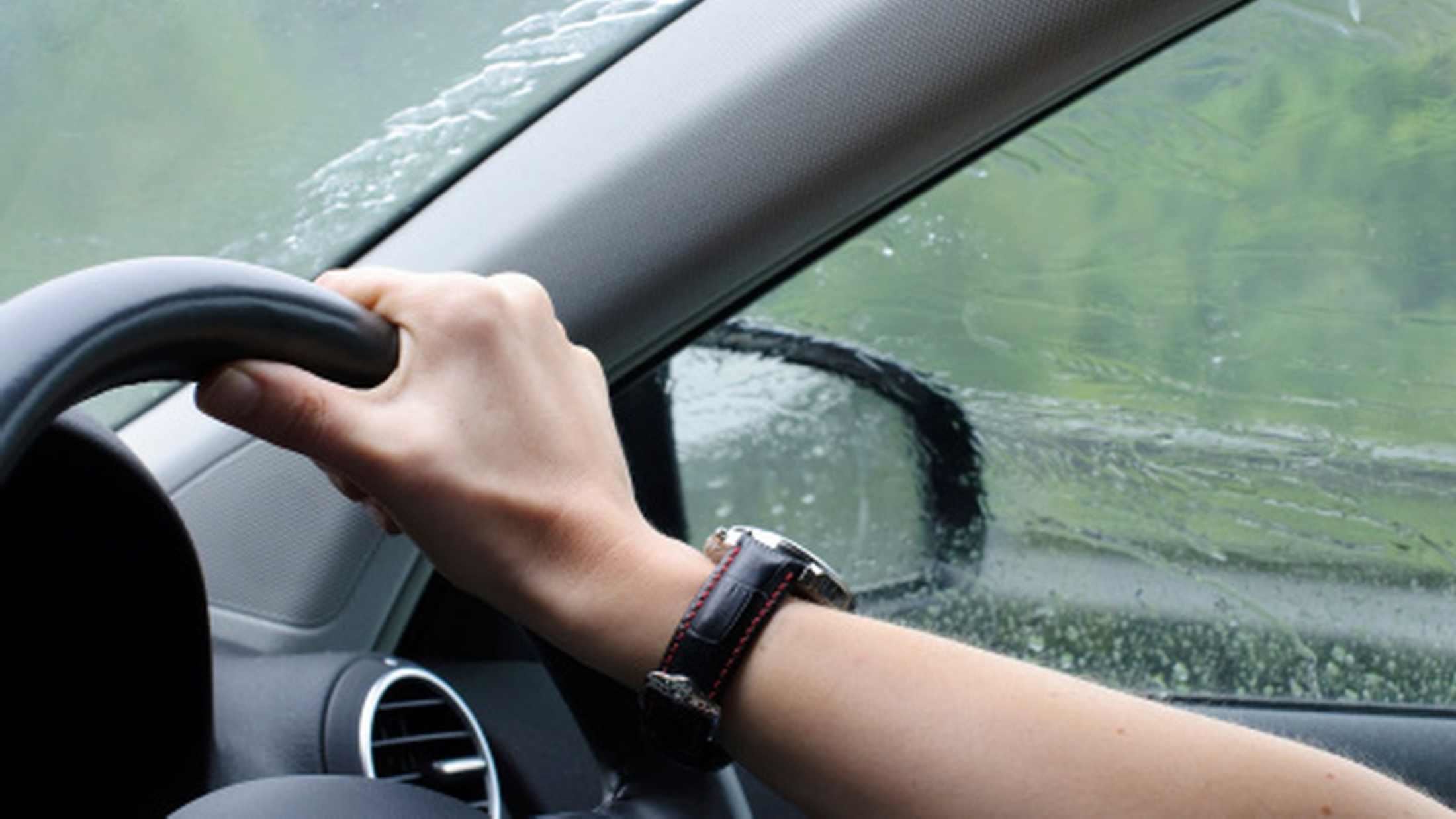The UK’s climate means that heavy rain and fog are common hazards on our roads – but sometimes driving safely can be challenging even for experienced motorists.
It’s safe to say that British motorists are used to driving in wet conditions. Met Office statistics show that England experiences over 150 days of rain in a typical year, with Argyllshire in West Scotland among the places that sees the most rainfall in the UK; an impressive 2.2 metres every year.
In this article, we look at ways to stay safe while driving through heavy rain – and its lesser-spotted cousin, fog.
Heavy rain
Heavy rain poses various challenges while driving, from lowered visibility to reduced traction and braking power. At high speeds, car tyres can skim across the surface of a body of water rather than pushing through to the tarmac below – a frightening experience known as aquaplaning.
As soon as rain starts falling steadily, turn your windscreen wipers fully on (rather than intermittently) and do the same with sidelights so other road users can see you. Wipers should be replaced every year, to ensure they clear the windscreen effectively when driving through heavy rain.
It takes longer to stop in wet conditions than on a dry road, so lower your speed and increase your distance from the car in front – the Highway Code advises doubling the usual distance.
Standing water
Persistent heavy rain creates large puddles of standing water, and on fast roads this can lead to aquaplaning and a temporary loss of control.
In town, it can cause breakdowns and conceal hazards that could harm your car’s suspension, steering and tyres. The best rule with standing water is to approach with caution. There may be potholes or other debris below the surface that could cause damage if hit at speed.
Driving through a large body of water quickly will also disperse the water in every direction. Aside from splashing pedestrians or temporarily blinding other road users, this could also flood the car’s engine and cause a breakdown.
Approach standing water from the middle of the road, in first gear with fairly high revs, and maintain a steady speed until you reach the other side. Test your brakes immediately afterwards, to ensure they haven’t been damaged by driving through water.
Fog
Fog poses a threat to drivers of any vehicle, from trains and planes to cars and motorbikes. Although there's no way to disperse these clouds of condensed water droplets, making use of your lights will go some way towards improving visibility.
Every car has a rear fog light, and most have a pair at the front as well. Switch on all available fog lights when objects more than five seconds ahead of you are obscured, and keep well back from traffic in front.
Drivers often subconsciously settle into a convoy in foggy conditions on major roads, following the vehicle in front and matching its speed. If you’re leading such a convoy, avoid unnecessary braking and indicate well in advance of any change in direction.
Finally, switch off your fog lights as soon as visibility improves to avoid dazzling other road users.




